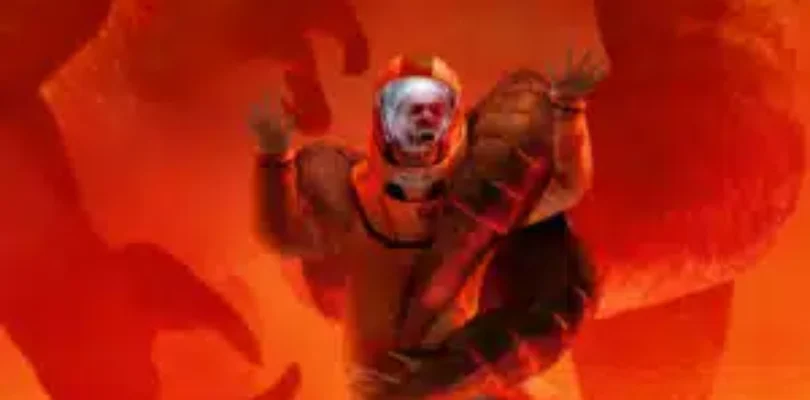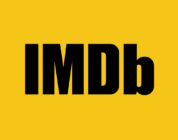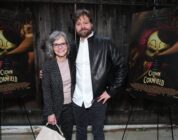If you’ve ever found yourself waffling over whether to follow a Pansy Division song with Troye Sivan or Indigo Girls, then you certainly know how important a Pride playlist can be…
…and that’s doubly true when it comes to movies.
For modern fans of queer horror, the cinematic landscape can sometimes feel like an embarrassment of riches, with an increasing number of LGBTQIA+ fright films regularly making their way to our screens. It’s a stark contrast to a time not all that long ago when queer representation in genre (and beyond) was scant, and what little we were given was buried in subtext or problematic tropes.
Yet, for all the strides of the modern era, there’s certainly still a long way to go…and even more people out in the dark yearning for their stories to be told. To that end, in building a list of queer horror to recommend for your Pride month viewing pleasure, I wanted to curate a cross-section of genre films that reflect different experiences, identities, and visions of queerness.
With that in mind, I generally stuck to more contemporary films for their overt presentation of queer folks and queer situations, although I did sneak in a few classics that I felt would definitely add oomph to your Pride party gatherings.
This list is by no means definitive, but merely a primer to get you started. If you reach the end and yearn for more, I recommend checking out Queer Horror: A Film Guide (of which I am a co-author and will own this shameless plug), as it lists nearly one thousand queer horror films waiting to be discovered.
But, until then, here are 13 queer horror movies to make you scream with Pride.
-
Hellbent (2004, dir. Paul Etheredge)
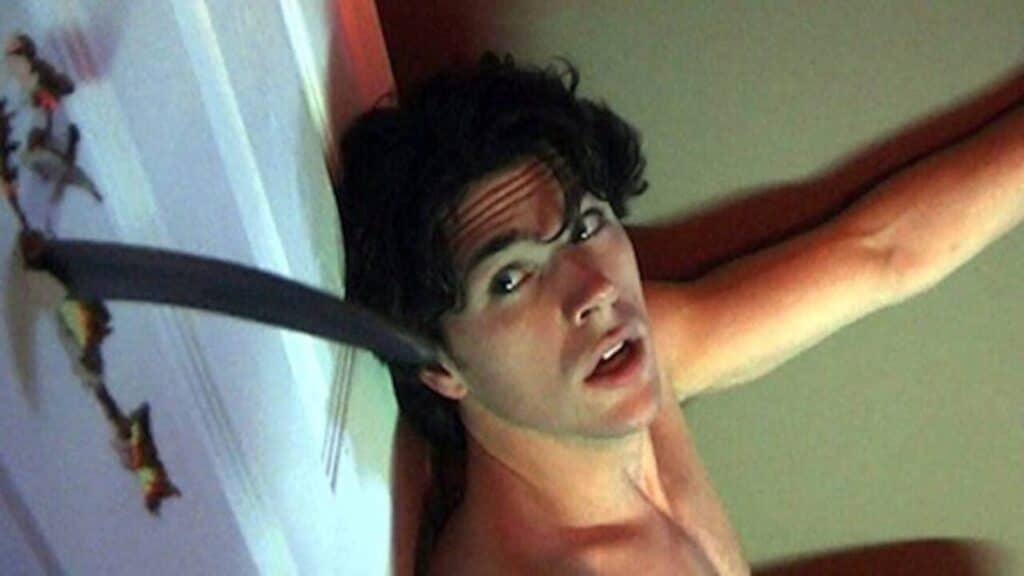
A crucial queer turning point for the slasher subgenre, Paul Etheredge’s blood-soaked, horny opus took the tropes we had come to know and gave them a decidedly gay twist.
Following a group of hunky boys being stalked by a masked devil during their Halloween night outing, Hellbent’s persistence in the canon is proof-positive that there’s an undeniable thrill in seeing yourself finally represented in a genre you’ve long obsessed over.
Additionally, sequences of the movie were shot live on-location during West Hollywood’s infamous Halloween festivities, providing an additional snapshot of gay debauchery gone by. Steamy, gory, and fun, Hellbent has more than earned its place as a foundational slasher for a new generation.
-
T-Blockers (2024, dir. Alice Maio Mackay)
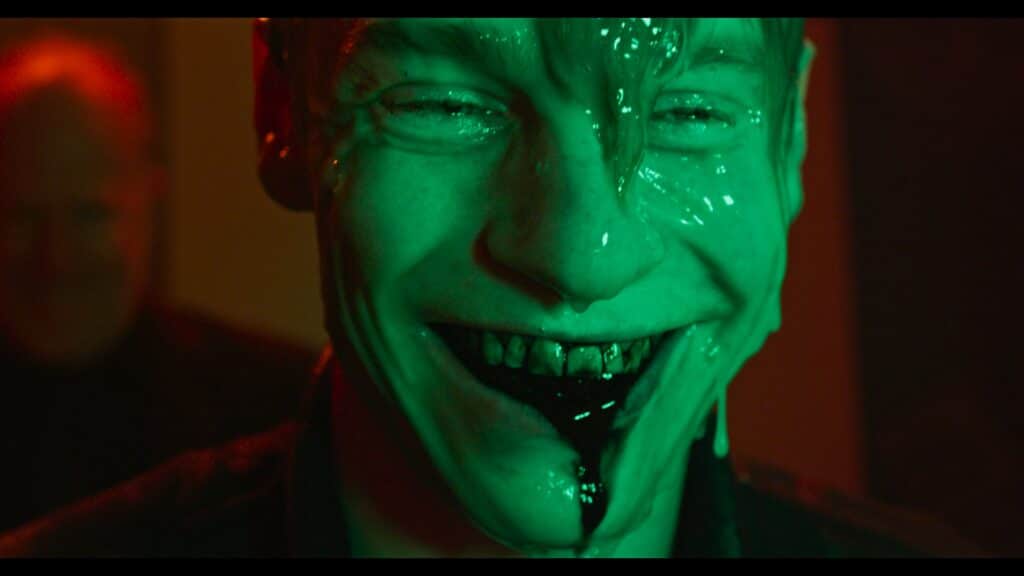
Without question, Alice Maio Mackay is one of those filmmakers who seem to be shaping the zeitgeist in real time; her prolific output often sets the tone for the next phase of queer horror. As such, any number of Alice’s movies could be mentioned here, but with regard to the Pride month festivities, there’s just something about T-Blockers that seems most apt.
When a young trans woman becomes aware that some otherworldly parasites are turning those in her town into violent maniacs, she forms a vigilante group of like-minded queers to bash some skulls and save the day. Playing as if Spring Breakers took place in the world of Invasion of the Body Snatchers, T-Blockers is a queer rallying cry about the revolutionary impetus to fight against a wicked status quo. Brilliant, punk, and ready to throw some bricks, T-Blockers is what Pride is all about.
-
Wild Zero (1999, dir. Tetsuro Takeuchi)
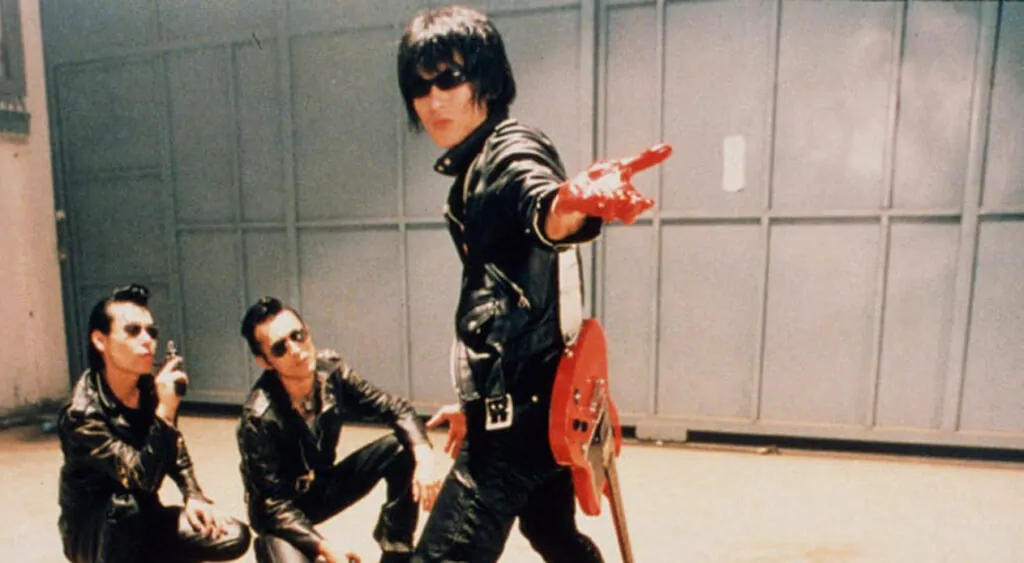
Already beloved by fans of underground and psychotronic cinema, the truth remains that this absolutely bananas film about a rock ‘n roll zombie uprising is still wildly (pun intended) overdue for queer horror reappraisal.
Completely gonzo in execution, Tetsuro Takeuchi’s tale of a hard rock band (played by real life power trio Guitar Wolf) taking on throngs of the living dead certainly errs on the side of the outrageous. Yet, amidst the kookiness and splatter is a startling message of breaking down the constructs of gender and seeing one another for our truest selves.
In a film where wackiness reigns supreme, what initially seems like the setup for a moment of cringe shock is ultimately paid off with some of the most thoughtful, validating pathos committed to film…and in many ways, modern American and queer cinema alike is still racing to catch up. A great zombie flick, but also a movie of righteous empowerment, Wild Zero rocks.
-
Psycho Beach Party (2000, dir. Robert Lee King)
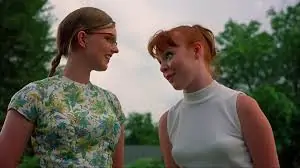
Kitsch reigns supreme in this loving parody of the beach movies of yesteryear. Starring a veritable who’s who of emerging talent of the time (including Lauren Ambrose, Nicholas Brendan, and Amy Adams in one of her earliest roles), Psycho Beach Party pushes the camp already present in the surf-and-sun genre into its forgone queer conclusion.
A broad horror comedy with the vibrancy of an uncensored summer vacation, this cult classic has gay surfers, merry murderesses, unrequited lesbian crushes, and more luau jokes than you can shake a hula skirt at. Adapted from the stage play by drag legend Charles Busch (who also appears here as a sassy, brassy detective). Psycho Beach Party is far out, groovy fun.
-
Daughters of Darkness (1971, dir. Harry Kümel)
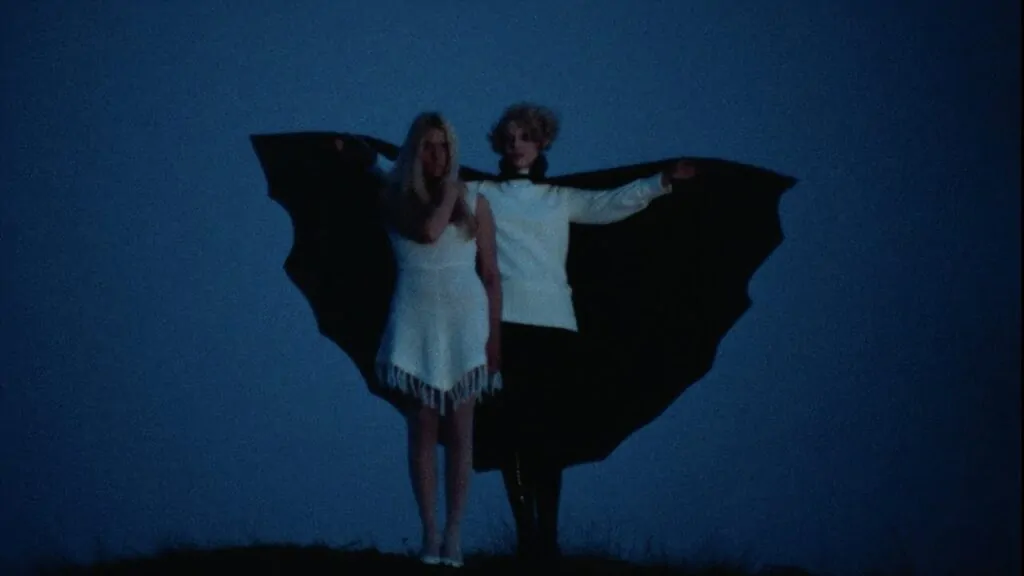
Sapphic vampires have long been a fascination of horror-going audiences. From the lady lust leanings of Dracula’s Daughter to the decidedly male-gaze-crafted lesbianism of Jess Franco and Jean Rollin, there are a lot of angles through which to approach this particular subgenre. Yet, for a quick snapshot of all that enamors and entrances viewers, one need look only at the master class that is Daughters of Darkness.
Detailing the exploits of a newlywed couple who encounter a Countess and her companion at a seaside hotel, this lush vision from Belgian filmmaker Harry Kümel certainly trades in eroticism, but doesn’t rest solely upon surface titillation. There’s a legitimate exploration of self-discovery and identity at play, and the level of agency present in the Countess is deeply nuanced in comparison to her many exploitation cinema counterparts.
An arthouse fever dream that nonetheless cuts to the heart, Daughters of Darkness is an exemplary text on why all vampire stories are inherently…and definitively…queer.
-
Rift (2017, dir. Erlingur Thoroddsen)
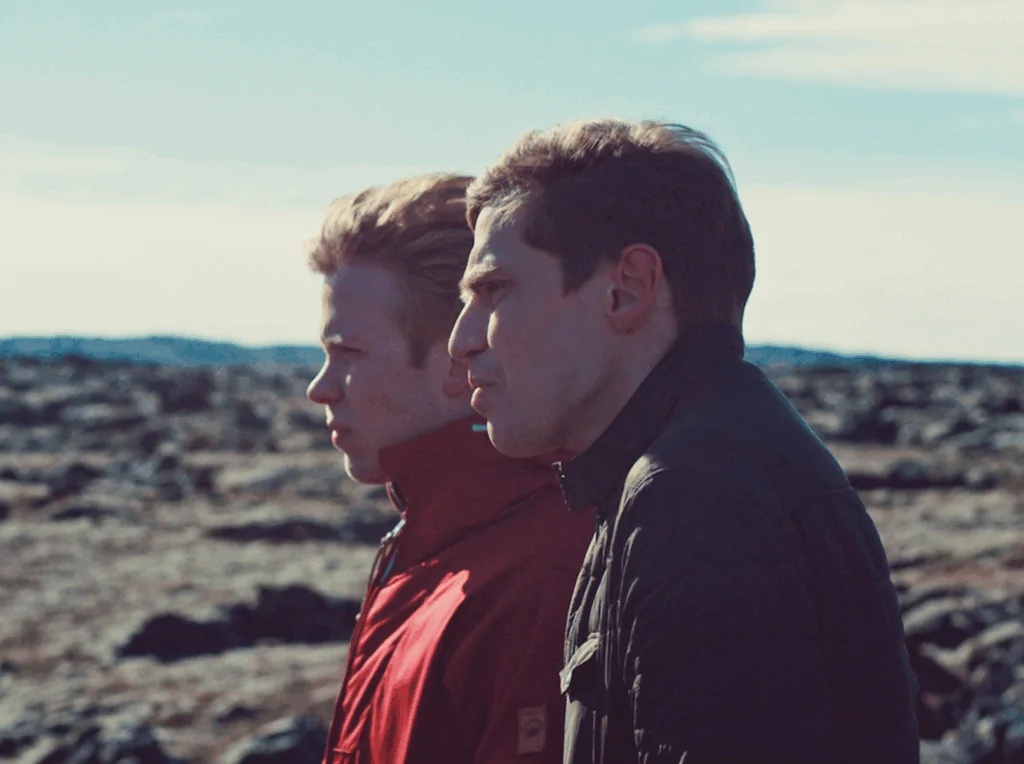
Set against the almost otherworldly terrain of remote Iceland, this stark, atmospheric tale of reunited ex-lovers details horror of a particularly peculiar…and personal…nature. When a man travels to a rural cabin at the request of his seemingly suicidal ex-boyfriend, the formerly entwined duo is forced to confront the ghosts of their dead relationship, even as a mystery of a most sinister nature begins to envelop them.
Beautifully realized by filmmaker Erlingur Thoroddsen, Rift dares to confront the complexities of deteriorating queer relationships, all the while reminding us that there’s more than one way to be haunted. Delicate and jarring, Rift is a supernatural tale of the highest pedigree.
-
Bodies Bodies Bodies (2022, dir. Halina Reijn)
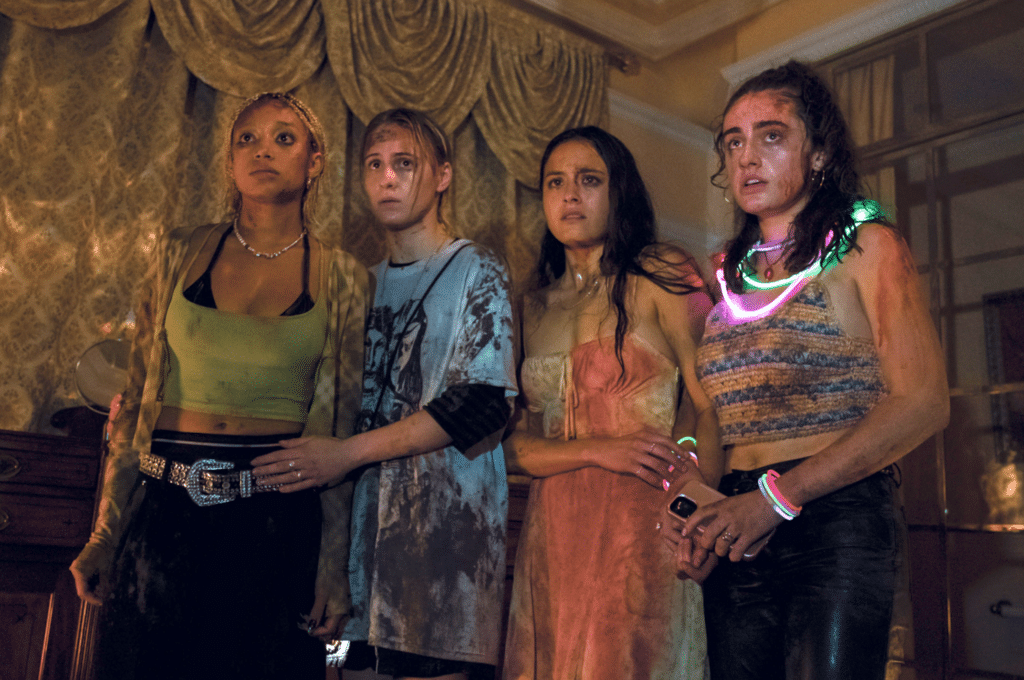
If Agatha Christie had lived into the modern era and penned a slasher movie with an equal amount of contempt and love for the bitchiness of the Tik-Tok generation, it might have looked something like Bodies Bodies Bodies.
When a working-class woman travels to a “murder party” with her affluent girlfriend, the festivities quickly go to hell when bodies start turning up for real and accusations start flying. Addressing issues of class, privilege, and economic disparity with a biting, blood-soaked commentary, filmmaker Halina Reijn delivers one of the first truly postmodern slashers.
Unabashedly queer in characters and humor, Bodies Bodies Bodies presents the kind of party you probably don’t want to attend for Pride…but definitely will want to watch.
-
Bit (2019, dir. Brad Michael Elmore)
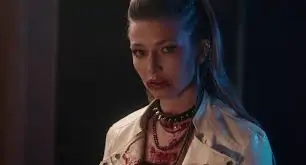
In a post-Buffy world, it’s hard not to compare modern vampire stories that pack a similarly thoughtful, analogous bite…especially when there’s a clever femme fatale in the lead. Yet, Brad Michael Elmore’s Bit pushes past the CW of it all and brings audiences into a story of self-discovery that would never have passed the muster of ’90s teen television.
Telling the tale of a trans teen who falls in with a cadre of queer feminist vampires, Bit explores the journey of claiming one’s personal agency while also finding a sense of community. Smartly using vampirism to explore themes of internal queer politics and how we must navigate one another as much as we do the world outside, Bit isn’t a story of “us vs. them” but rather a dissection of what being an “us” actually means.
-
Knife + Heart (2018, dir. Yann Gonzalez)

A vicious and undeniably horny tale of murder set in the world of the gay porn industry, Knife + Heart bears all the savage elegance of an Italian giallo, despite being a definitively French film. Masterfully crafted by modern auteur Yann Gonzalez, Knife + Heart echoes the erotic grandeur of Argento and Fulci, while daring to confront the oft unspoken aspects of queer lust.
After the producer of homosexual adult films is abandoned by her girlfriend, she finds herself delving deeper into a world where a leather-masked killer is stalking and brutally slaying her stars. Wearing its love of sleaze proudly on its sleeve, Knife + Heart is a scintillating and shocking tale made for those who wish for their cinema to push further.
And, as I’ve noted when I’ve written elsewhere about this film, Knife + Heart fractures the “bury your gays” trope by offering up an almost entirely queer-populated world through which the story unfurls. For all these reasons and more, Knife + Heart is a crucial entry in the new queer horror canon.
-
Hello Mary Lou: Prom Night II (1987, dir. Bruce Pittman)
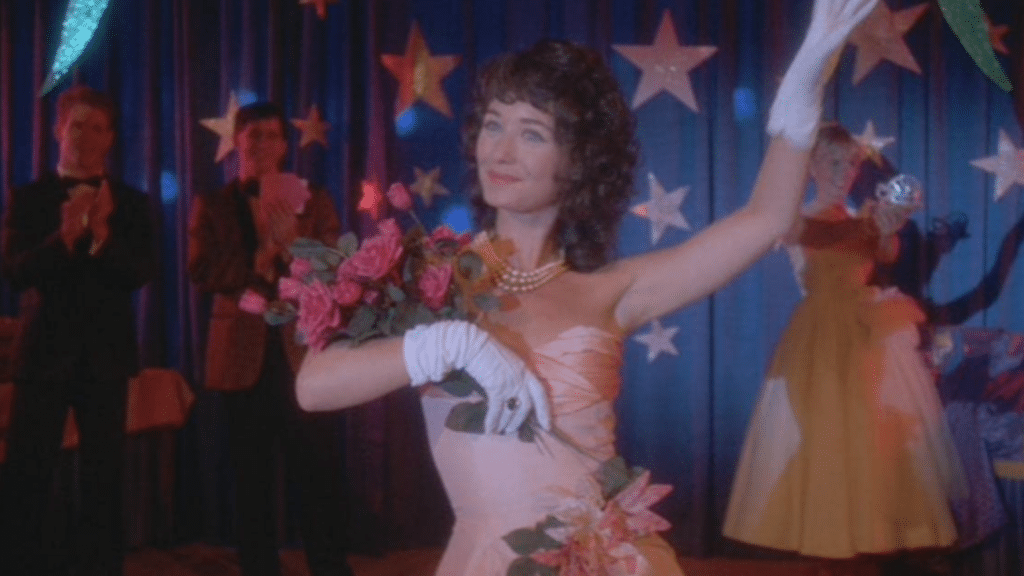
We often extoll the overt gayness of A Nightmare on Elm Street 2 while frequently overlooking the wild queerness of yet another ’80s sequel…and Mary Lou be thy name. Deftly directed by Bruce Pittman, this tale of teen horror hits all the beats of adolescent otherness with a surrealistic flair, leaving our lead to wonder if she’s outside of her social circle…or outside of reality.
Even in a film featuring a prominent scene of lusty lesbian possession, the core of its queer majesty lies firmly with the titular Mary Lou herself. Created and written by out cinema maestro Ron Oliver, Mary Lou Maloney is the embodiment of gay id, tearing her way through the population of Hamilton High in pursuit of her crown — a goal relatable to any drag artist who’s ever competed on a reality TV show.
-
Seed of Chucky (2004, dir. Don Mancini)
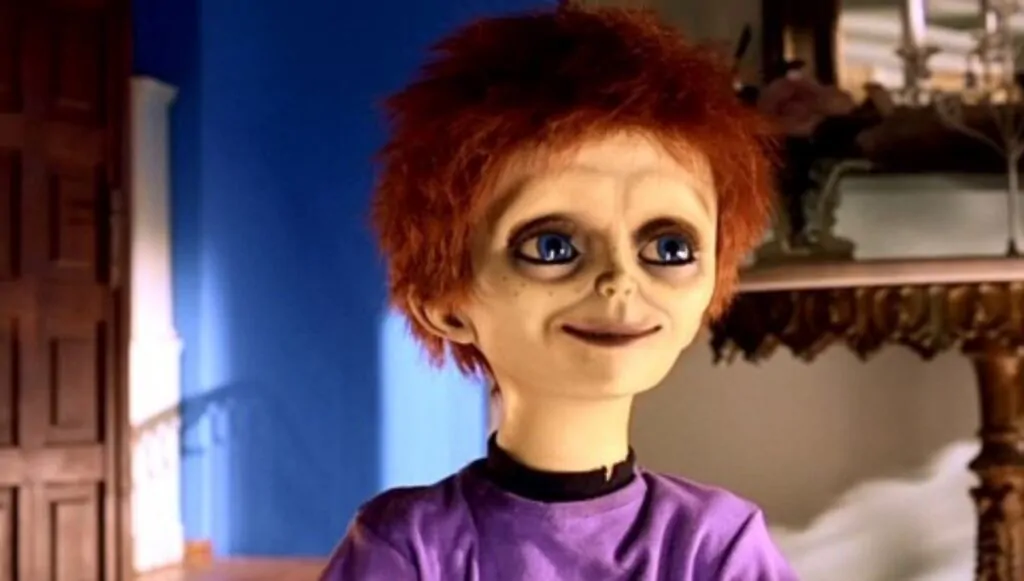
Over the years, iconic creator Don Mancini has undeniably and unimpeachably entwined queerness with his pop culture-defining killer doll. Yet, before the show and Chucky’s modern-era assertions of community support, Seed of Chucky was the sequel that blew the closet doors right off their hinges.
While it’s true there was present subtext before this fifth franchise entry, Chucky’s newly minted daddy status not only allowed him to embrace the camp appeal in new ways, but it also introduced us to Chucky’s genderfluid progeny Glen. Even as Glen finds their place in the world, Chucky must adapt to his new role as father…giving us a glimpse of PFLAG-style growing pains through the filter of one of cinema’s most notable slashers.
If this weren’t enough, Seed offers up allusions to Britney Spears, a cameo by John Waters, and Jennifer Tilly serving…well…Jennifer Tilly. In short? Seed of Chucky is an exercise in queer excellence.
-
The Haunting (1963, dir. Robert Wise)
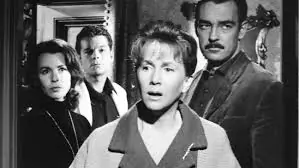
Over the decades, there have been several stunning, stirring, and unique adaptations of Shirley Jackson’s novel The Haunting of Hill House, but Robert Wise’s first undeniably set the tone for all that would follow.
Atmospheric and drenched in shadows, The Haunting includes an overt and relatively positive portrayal of a lesbian relationship, which was definitely not the onscreen norm in 1963. While admittedly muted in comparison to some of the more “out and proud” titles on this list, Wise’s film nonetheless stands as a keystone of the haunted house subgenre and an important benchmark in queer horror visibility.
-
The Rocky Horror Picture Show (1975, dir. Jim Sharman)
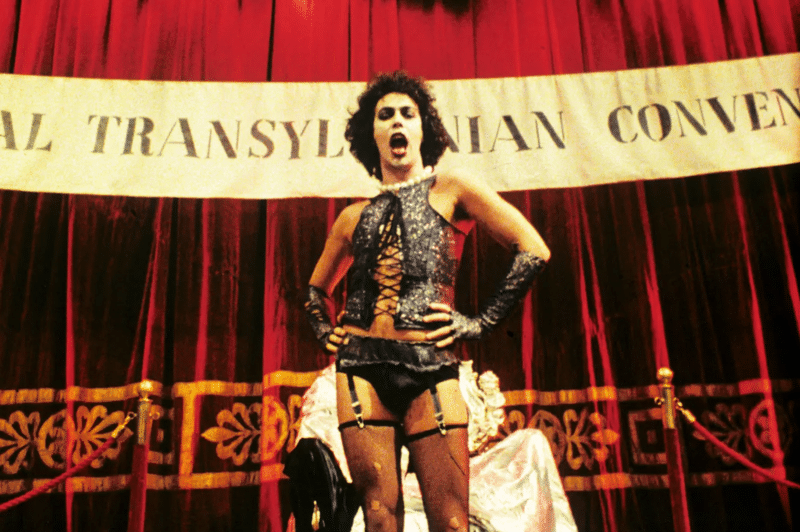
How does one truly measure the impact of The Rocky Horror Picture Show? As we mark this seminal cult classic’s 50th anniversary, there are still many critics and scholars who find themselves at a loss to fully encapsulate why this campy, musical ode to drive-in era schlock works.
And yet, perhaps it is Rocky Horror’s refusal to be easily categorized that is its greatest strength. Operating on its own internal principle of “don’t dream it, be it,” Rocky Horror is the cinematic equivalent of letting your freak flag fly and stepping into a world so dissimilar from your own that it inadvertently allows you to become what you’ve always yearned to be.
And true, while not all of the film’s content holds up to today’s lens, the simple tenets of a couple with a sheltered worldview being awakened to something more than they ever thought possible is, at base DNA, queer wish fulfillment.
Furthermore, beyond the content of the motion picture itself, Rocky Horror’s decades-spanning midnight screenings have often served as a safe haven for queer and marginalized folks simply looking for a place. Those screenings are where many of us found one another, even as we found ourselves. For those reasons, and many more, Rocky Horror isn’t just a definitive Pride movie… it’s Pride history.

